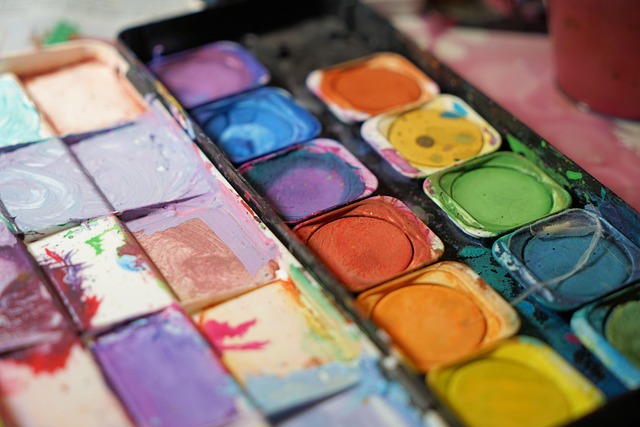Art has always been a profound medium for self-expression, and among the many forms it takes, mood painting stands out as a powerful way to convey emotions. With vibrant colors and dynamic brush strokes, artists create compositions that resonate deeply not just with their own experiences but also with the feelings of the viewer.
At its core, mood painting is all about capturing the essence of a particular feeling or atmosphere. Artists often choose their color palettes purposefully, using warm hues to evoke energy and passion, while cooler tones may inspire calmness or contemplation. For many, the act of painting itself can serve as a therapeutic escape, allowing them to channel their inner thoughts and emotions onto the canvas.
Imagine standing before a painting that radiates warmth, with rich oranges and deep reds swirling together to evoke the intensity of a sunset. You can almost feel the warmth of the sun on your skin, the joy of a perfect day wrapping around you. Conversely, consider the impact of a piece dominated by somber blues and muted grays. It may reflect a sense of melancholy or introspection, inviting viewers to explore their own emotional landscapes.
In the hands of a skilled artist, mood painting becomes a dialogue between the canvas and the observer. Each brushstroke invites the viewer to engage and interpret, to find their own meanings within the artwork. This can create a shared experience, one where emotions are universal, transcending language and cultural barriers.
Many established artists and emerging talents alike delve into the theme of mood painting, each adding their unique perspective and style to the genre. Whether through abstract forms or representational imagery, the goal remains the same: to evoke a visceral reaction, to stir something deep within us that we might not even have known existed.
For those who appreciate this art form, incorporating mood painting into your collection can bring a rich tapestry of feelings into your environment. It can spark inspiration, usher in tranquility, or simply remind you of the complexity of the human experience. When choosing pieces, consider what resonates with you personally—what mood do you want to invite into your space?
The ability of mood painting to touch our hearts and minds is a testament to its importance in the art world. It’s a reminder that art is not only about aesthetics; it’s also about emotion, connection, and understanding ourselves and each other. As we explore the vibrant expressions found in mood painting, we uncover layers of meaning and encounter the shared feelings that bind us all.
